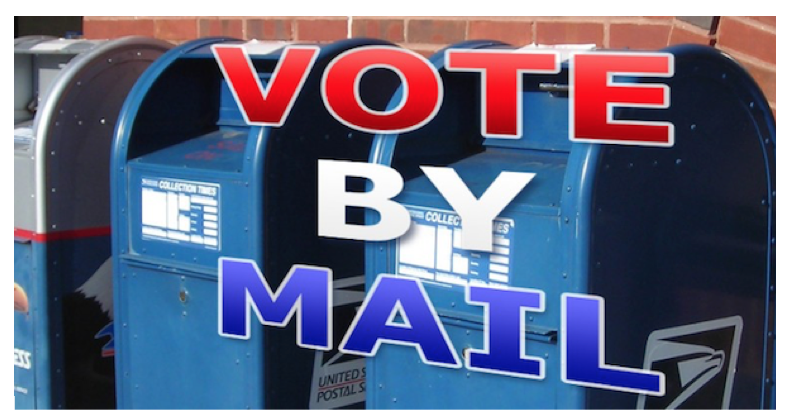CommentsVOTING POLITICS-Americans hoping for a clean, fair, and reliable vote count this fall must pay attention to how their state and local officials intend to handle this election.
The more we learn about COVID-19, the more likely it seems most of us will be voting by mail this fall. Voting in person has become, and will likely remain, too dangerous.
Oregon, Washington, Hawaii, Colorado and Utah have long been voting by mail. California now says it will join them, and other states are likely to follow.
What’s needed is a national commitment to voting by mail. Under this system, all registered voters would receive a postpaid ballot. They can then make their choices, sign the ballot, seal an interior envelope and send it back.
But for this to happen nationwide this fall, we must start working now.
First, we need to push back against the purging of voter rolls. Investigative reporter Greg Palast estimates some 17 million citizens have already been removed in advance of the 2020 election.
Further, some legislatures are demanding that ballots come in with one or two witness signatures, or even a notarization. This represents an insurmountable burden to many voters, which seems to be the point.
And now the Trump administration is acting as though it wants to eliminate the U.S. Postal Service, which would make it virtually impossible to get ballots out and back, something President Donald Trump appears to desire. He’s claimed that with expanded early voting and voting by mail, “you’d never have another Republican elected in this country again.”
Millions of Americans rely on mailboxes that might disappear with the postal service. Private delivery operations like UPS and FedEx are sure to be exceedingly expensive, and unlikely to serve rural areas, Indian reservations, or college campuses.
The Brennan Center estimates voting by mail could hike the cost of our national election from $2 billion in 2016 to about $4 billion in 2020. GOP Senate leadership is blocking federal provision of that money, creating a void that state and local governments may be unable or unwilling to fill, an outcome Sen. Mitch McConnell seems to relish.
Yet a vote by mail remains the most sensible option. According to election protection expert John Brakey, about 80% of the nation’s precincts now have ballot imaging machines which should be able to handle the vote counts quickly, while still preserving the actual paper ballots for inevitable challenges.
Some voting stations will still be necessary for voters with handicaps, and for those wishing to newly register or re-register if they’ve been removed from the voter rolls for any reason. And vigilance will be needed by all to guarantee that the system works right.
In 2018, after filling out the ballot I got in the mail in California, I walked it into my Los Angeles neighborhood voting station on the Sunday before election Tuesday. Gracious poll workers made sure I knew my ballot would be treated with the respect it deserved.
You should settle for no less. In 2016, the U.S. had 116,990 voting stations, each with its own quirks, shortcomings, and potential for corruption. A simplified mail-in, paper-based system would represent a great standardized leap forward.
But the devil will be in the details. Americans hoping for a clean, fair, and reliable vote count this fall must pay attention to how their state and local officials intend to handle this election. It is the job of us all to protect this fundamental right.
(Harvey Wasserman wrote The People’s Spiral of U.S. History (www.solartopia.org). This piece first appeared on The Progressive. Prepped for CityWatch by Linda Abrams.














